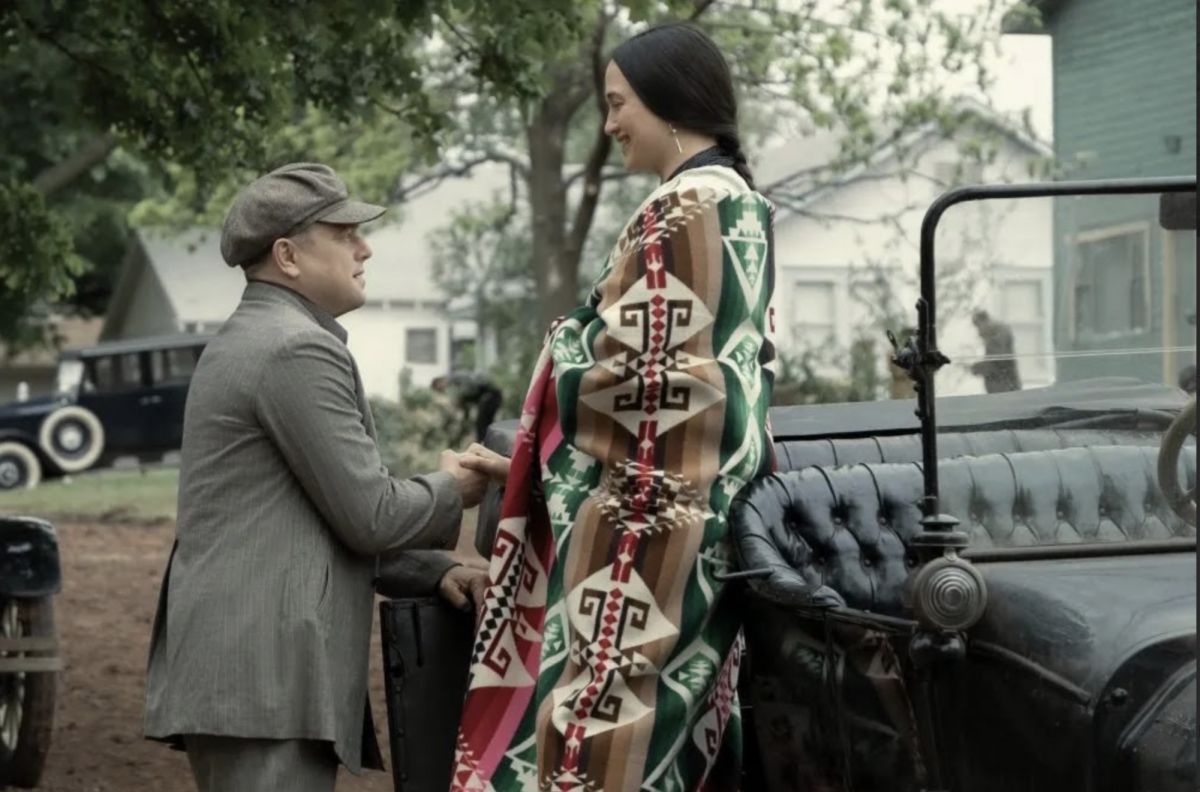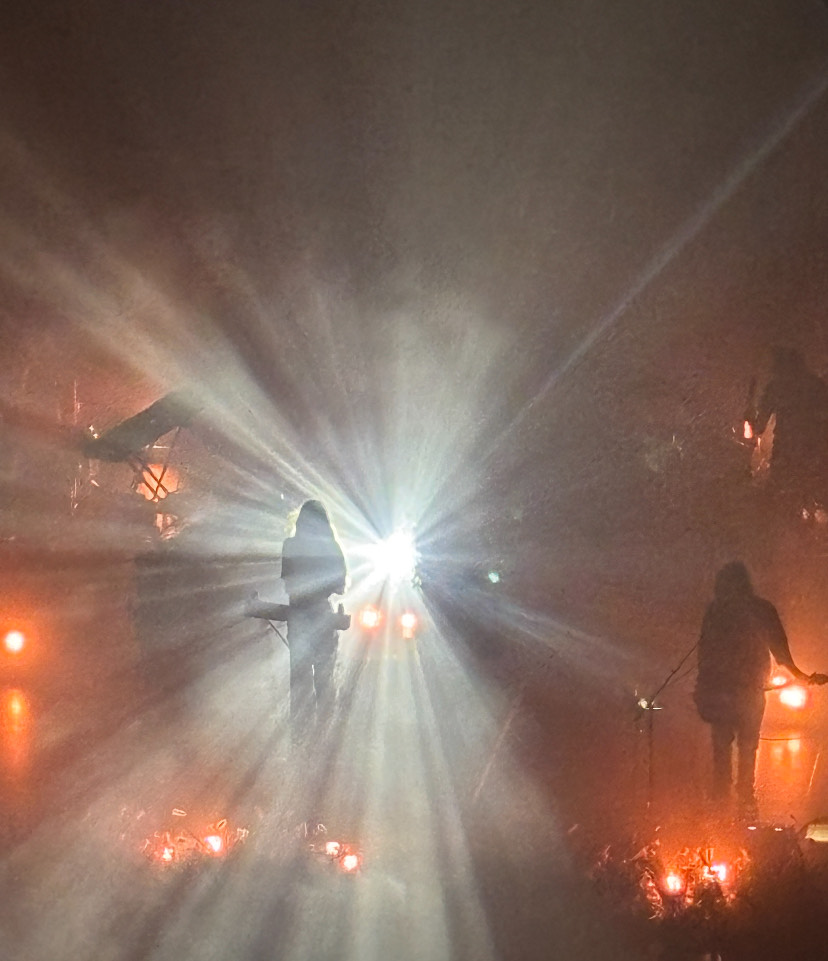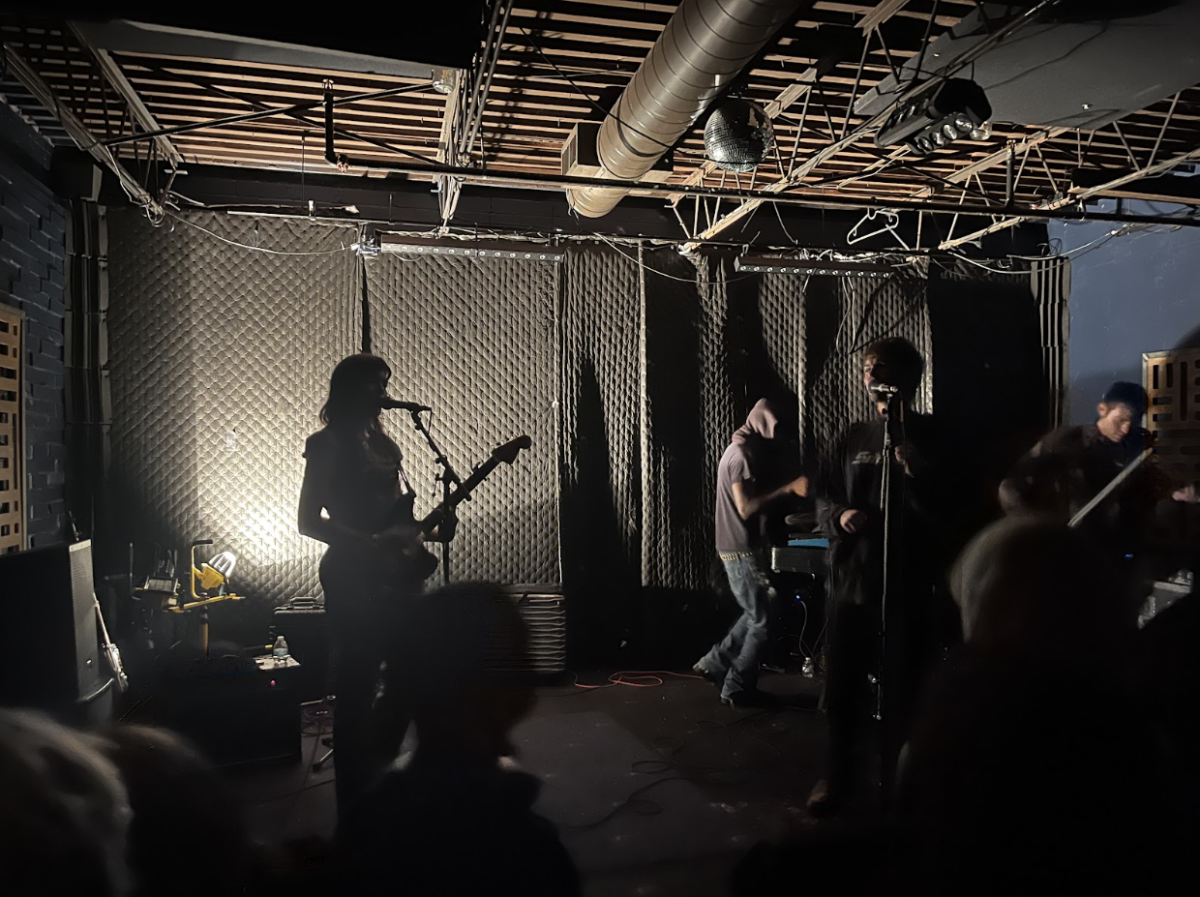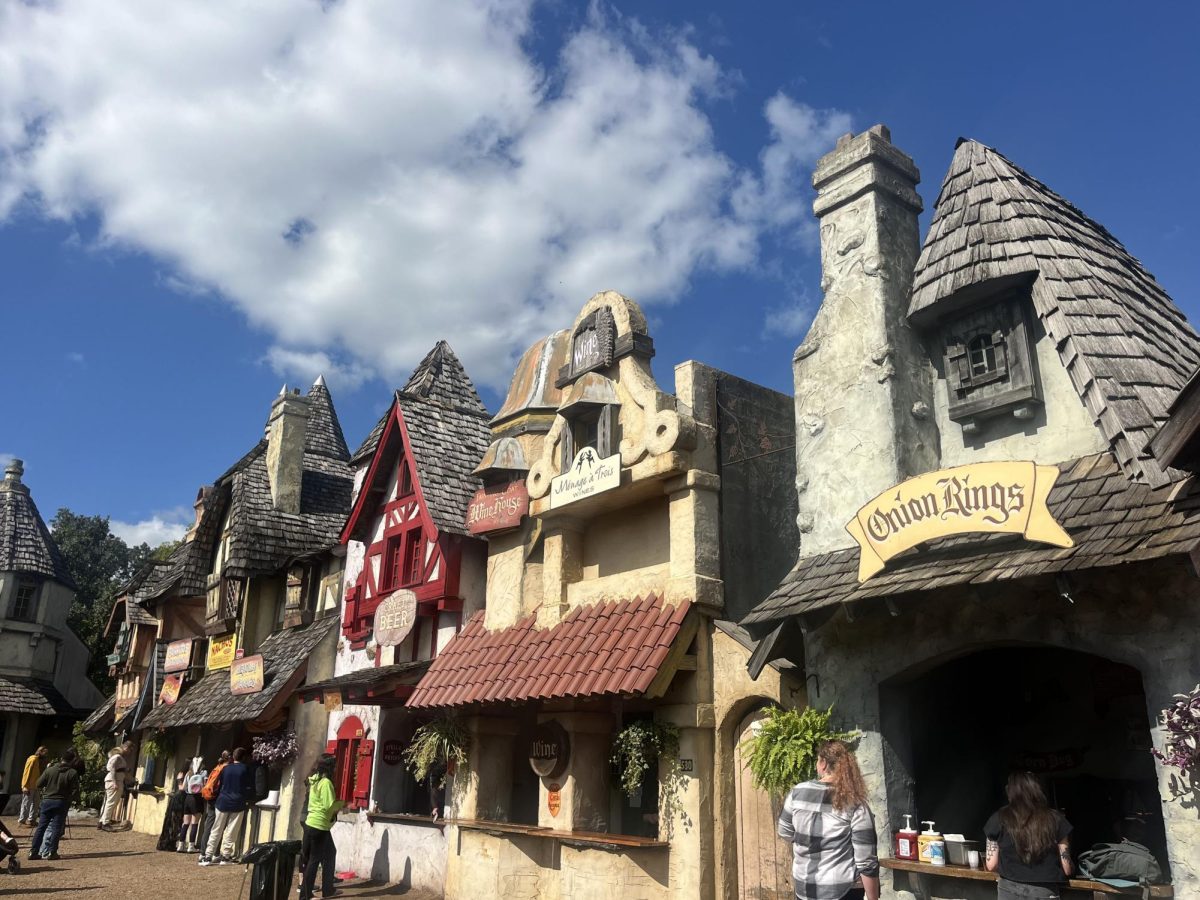CW: Genocide
Cinemagoers know Martin Scorcese. Even if you have not seen any of his films, you probably know of his work by association. “You talkin’ to me?” (“Taxi Driver,” 1976). The hubris, hedonism and greed of failed financier Jordan Belfort, which is strangely, a college dorm room poster favorite (“The Wolf of Wall Street,” 2013). The infamously long runtime of “The Irishman” (2019) occupying countless Netflix queues, an apparent gauntlet never finished by many a casual viewer. He is arguably the greatest living American director, yet his retractors remain. Disregarding films such as “Silence” (2016) and “The Last Temptation of Christ” (1988), which are both spiritual odysseys regarding crises of faith, Martin Scorcese is often willfully misinterpreted as a director who only makes films about organized crime and derided as making senselessly violent films for the sake of senseless violence.
Instead, the film “Killers of the Flower Moon” shows us the reality of violence at the core of American life. Here, Scorcese depicts the greatest example of organized crime, the greatest act of violence in history, the work of a truly criminal state: the imperialist and genocidal history of the United States of America.
The film, adapted from David Grann’s 2017 book of the same name, follows the Osage murders, a series of thefts and murders in which over 60 members of the Osage Nation in Oklahoma were systematically poisoned and murdered by white settlers in an attempt to seize their land and oil rights between 1918 and 1931.
I went into the film expecting nothing more than the best from one of the world’s most accomplished directors, particularly with such a brutal topic. I was left stunned by the end. The three and a half hour runtime remains entirely justified and flies by. Scorcese spares no minute depicting the crimes inflicted on the Osage Nation by settlers. Every bombing, every funeral, every tense interaction is given the weight it deserves. Every frame feels purposeful, every act of betrayal portrayed with a deep respect for the Osage people. It is truly an epic film, laying out America’s blood soaked history like a funeral procession. At the same time, it remains relentless and deeply tragic.
The main cast of the ensemble exhibit some of the best performances of their careers. Robert De Niro portrays the mastermind behind the killings, at first a folksy old man who he slowly strips down to become an unsettling, ruthless monster, practically the devil himself. Leonardo DiCaprio stuns as Ernest Burkhart, depicted as a foolhardy dope who ruins the lives of an entire people for reasons he never articulates besides being told to do so, mumbling and groaning until he can barely reckon with what he has done, complicit, yet broken. At a first glance, he is nothing more than an Elmer Fudd type character, but remains an accomplice in horror. The real standout of the film is Lily Gladstone, who portrays Mollie Burkhart, an Osage woman. Gladstone commands the screen, having the most difficult and most brilliant role in the film. Criticism elsewhere has been raised regarding the film’s representation of the Osage people, yet Gladstone manages to clearly show the machinery of American plunder and allows us to sit uncomfortably close to empire. She portrays the true hero in a story that feels like there are no heroes, bearing a deep melancholy despite being surrounded by truly cruel people.
The editing of the film also stands out. Longtime Scorcese collaborator Thelma Schoonmaker masterfully mixes the observational “true crime” nature of the story and actual historical record through her editing. The film remains restrained as it whirls through time and events, haunted by the reality of what is depicted as they all emerge in focus. Trials are intercut with historic memory, every movement full of life in a story full of death. The soundtrack is also worth a mention. Composed by the late Robbie Robertson (to whom the film is dedicated), the orchestration oscillates between menacing bass tones, which shake the theater and guitars, which seem to be eternally shrieking in agony. Even the film’s quietest moments seem to weep for the dead.
The problem with any brilliant film, a film which truly blew me away, is how truly difficult it is to find the words to do its profundity proper justice. My words will never be enough, yet Scorcese reveals to us that there is a true, cold, dark evil in this world, in the United States. You cannot understand this country without reckoning with the methods it was built on: murder, genocide, empire, yet the people will survive all that this country has brought onto them. The film serves as a haunting odyssey and a seismic masterpiece. It is at once restrained and tragic. It left me gutted and completely overwhelmed, yet remains a colossal triumph in filmmaking. I wept. I wandered home from the theater in a daze. Martin Scorcese dared to answer the question at the heart of this nation. The fact a film so daring and compelling exists remains nothing short of a blessing.







